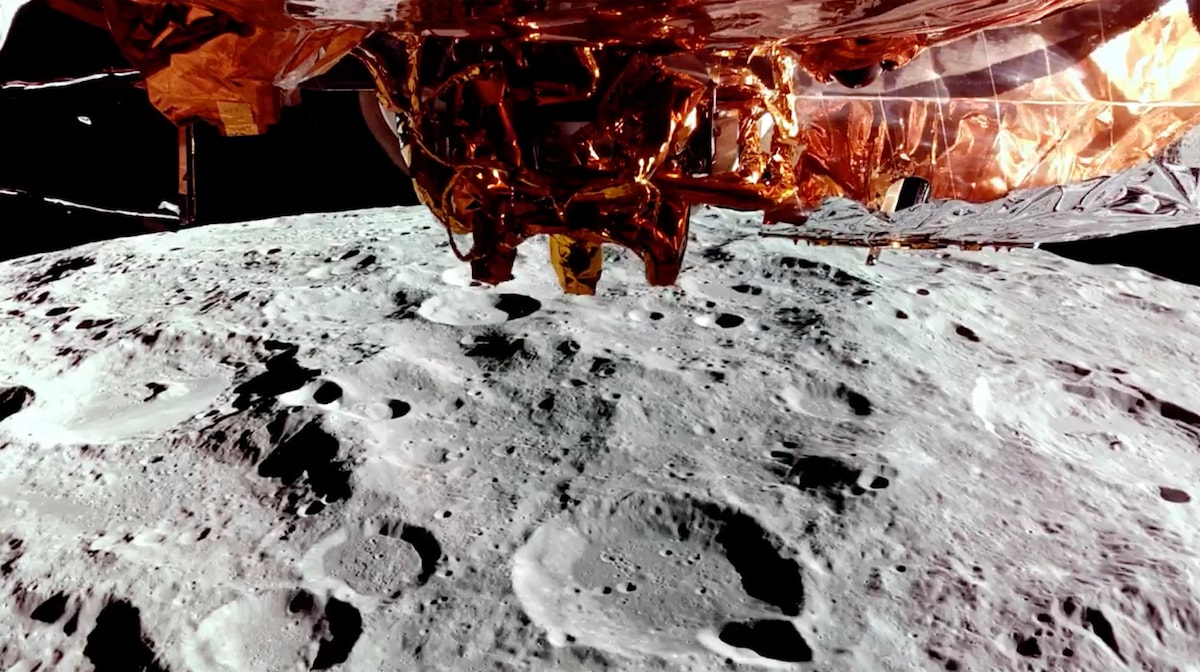Firefly Aerospace’s Blue Ghost lunar lander successfully touched down on the moon on March 2, 2025, marking the first of three Moon Companies landing on the Moon this year.
Private companies are racing to the moon, transforming lunar exploration. These U.S. firms, backed by NASA’s Commercial Lunar Payload Services initiative, are delivering scientific payloads to study the moon’s surface and test advanced tech. Other missions are said to be military.
With Japan’s ispace and others set to launch soon, a new wave of robotic missions is paving the way for future human landings, despite uncertainties in NASA’s crewed plans.
Launched on January 15 atop a SpaceX Falcon 9 rocket from Kennedy Space Center, the mission targeted Mare Crisium, a lava-filled basin on the moon’s near side. According to the Washington Post, this touchdown makes Firefly the second U.S. Moon Company to achieve a soft lunar landing, following Intuitive Machines’ success last year.
The Blue Ghost mission, dubbed ”Ghost Riders in the Sky,” carries 10 NASA payloads to study lunar heat flow, electric fields, and Earth’s magnetosphere, while testing technologies like radiation-resistant computers and dust-clearing systems.
Blue Ghost brought a work of art from Sweden
According to a live broadcast from the US space agency NASA, it landed in a controlled manner just after 9:30 on Sunday morning.
According to Lund University, the probe also contains a Swedish digital artwork showing the MAX IV laboratory’s control system. The artwork is on board with 46 other international artworks.
Sweden will soon also place a small micro hut on the Moon in another mission.
Read more: Swedish Miniature Moonhouse Launched to the Moon

Moon companies
As part of NASA’s Commercial Lunar Payload Services (CLPS) initiative, Firefly’s $101.5 million contract supports Artemis’s goal of returning astronauts to the moon. Two more missions are upcoming: Japan’s ispace lander in May and Intuitive Machines’ next flight on March 6.
Despite uncertainties in NASA’s crewed lunar plans under the new Trump administration, private companies are advancing robotic exploration, ushering in a new era of lunar access led by private Moon companies.



